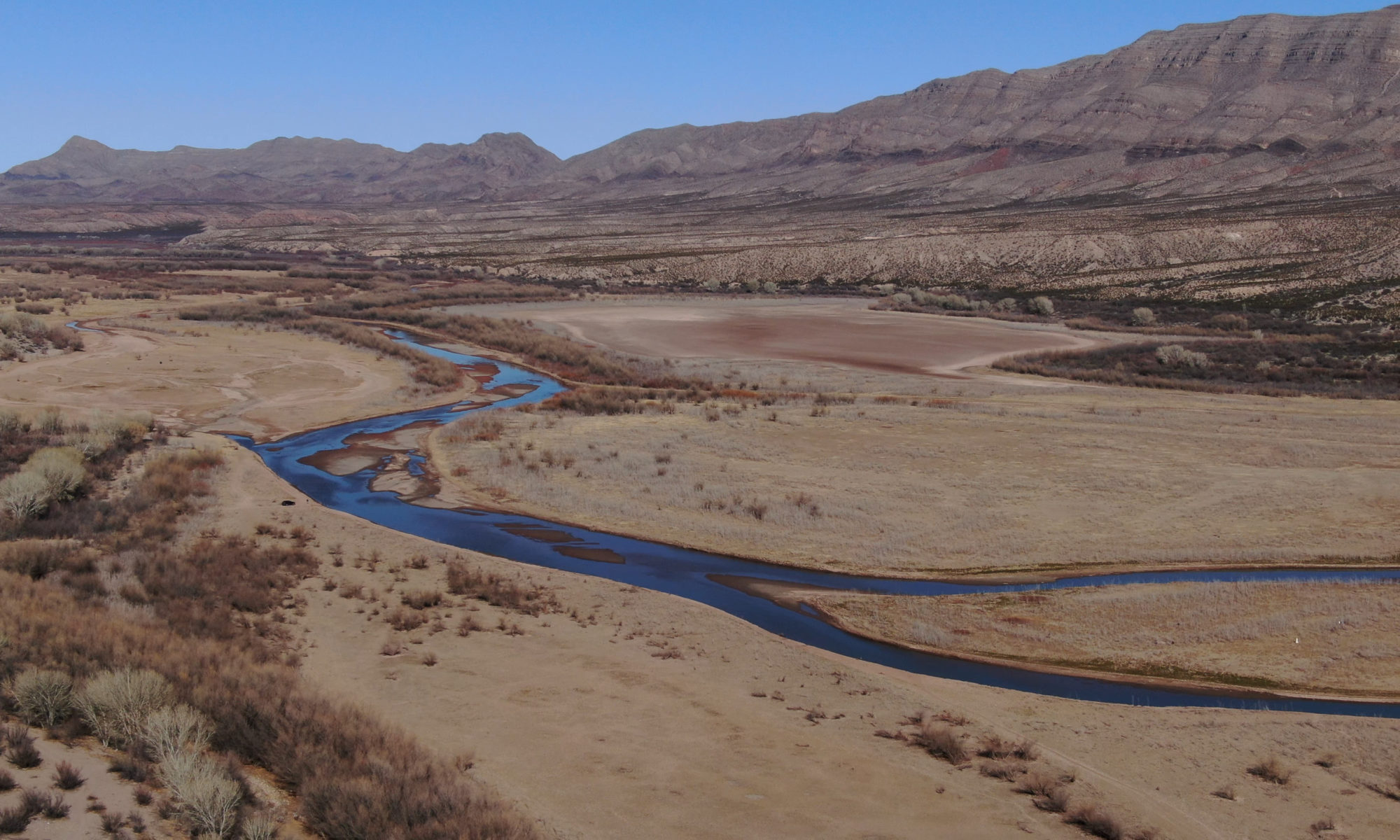Requiem for a River explores the New Mexico stretch of the Rio Grande — an iconic but endangered American waterway — in a time of climate change and calls for environmental justice. Through lyrical imagery and in-depth interviews with a diverse range of residents — Native, Latinx, Indo-Hispanic and Anglo — this visually poetic documentary reveals the once-mighty river’s role as a lifeline in the desert and asks whether the keys to a more sustainable, equitable future lie in New Mexico’s ancient past.
The Film
“Whiskey is for drinking, water is for fighting.”
-Mark Twain
Requiem for a River’s central character is the Río Grande itself, its story one that faces river communities throughout the world amid increasing climate uncertainty and a reckoning for social justice. Gently edited, lean interviews narrate the image-driven tale, taking us deep into the daily experiences of diverse characters whose lives, cultures and futures are all tied to the Río Grande: indigenous Pueblo peoples for whom the river is sacred; urban environmental activists fighting for water justice; acequia- keepers who maintain communal irrigation systems built by their Spanish ancestors; a conservative white farmer who fears government restrictions on his water-intensive crops — and a newly elected member of the US Congress who argues that now is the time for collaboration and meaningful change.

Requiem for a River explores the ecological, cultural and spiritual significance of the Río Grande, while at the same time confronting the environmental and human costs of the effort to harness and control the great rivers of the West for agricultural and municipal growth.

The film doesn’t offer easy answers for the problems water scarcity and environmental justice. Yet the film suggests that, as infrastructure ages and temperatures rise, we have an opportunity to leave behind the 19th and 20th century models that caused great harm to both ecologies and communities.

New Mexico is unique in creating a blueprint for addressing the challenges of climate change by combining technological innovation with the time-tested wisdom of ancient practices to create resilient, sustainable water policy. “I feel really hopeful,” says Representative Melanie Stansbury — herself a scientist and water policy expert — “I believe we’re on the edge of a major paradigm shift.”

The Characters













A Global Story
Requiem for a River grapples organically — and movingly — with some of the most urgent issues of our time, including environmental justice, indigenous rights, water rights, climate change, species extinction and the future of agriculture. Water and climate change are inextricably linked because the most dramatic impacts of climate change involve water.
Climate change is exacerbating both water scarcity and water-related hazards (such as floods and droughts), as rising temperatures disrupt precipitation patterns and the entire water cycle.

Only 0.5 per cent of water on Earth is useable freshwater – and climate change is dangerously affecting that supply. Over the past twenty years, terrestrial water storage – including soil moisture, snow and ice – has dropped at a rate of 1 cm per year, with major ramifications for water security. As climate change continues to exacerbate water stress, the increased competition for water will inevitably lead to global conflict and migration. Increasing water scarcity is already putting pressure on the global food supply as most of the world’s freshwater – about 70 per cent – is used for agriculture. The challenges facing the Rio Grande and other rivers of the American West are ones that are being confronted worldwide.

The Río Grande
The Río Grande emerges from the high snowfields of the San Juan Mountains of the Colorado Rockies. For the first 20 miles it is crystalline and free flowing. But from there, it is one of the most controlled and heavily adjudicated bodies of water in the U.S.; an irrigation system regulated by treaties, state compacts and water rights dating to the mid-1800s. Until it reaches the Gulf of Mexico at Brownsville, TX more than 1,800 miles away, dams, levees and irrigation diversions account for every drop. Its basin spans three U.S. states and five Mexican states – Colorado, New Mexico and Texas in the U.S. and Durango, Chihuahua, Coahuila, Nuevo León and Tamaulipas in Mexico.
Requiem for a River captures the unique physical, cultural and spiritual bond between the Rio Grande and residents of the region. We see Cochiti elders growing corn for ceremonial purposes; we see an annual community ceremony for blessing the acequias that incorporates both indigenous and Catholic elements; we see acequias in operation and hear from an elderly man who still subsistence-farms the same patch of land settled by his Spanish forebears before the United States existed. By giving a platform to such a wide cast of characters representing every corner of New Mexican culture, Requiem for a River challenges monolithic notions of what it means to be American — historically, ethnically, linguistically — at a time when such definitions are too often flattened and our discourse polarized.

Despite being overused and under-valued, it is a waterway of grandeur, beauty and consequence; carving towering canyons, flowing through lush national forests, desert landscapes, floodplains, and urban metropolis. It is the primary source of water to millions of city dwellers, a vital refuge for birds, irrigates hundreds of acres of crops and orchards and is the ancestral home of the Pueblo Indians. It feeds a vast corner of the continent and is a critical watershed connecting interdependent ecosystems, cultures, traditions and nations.
